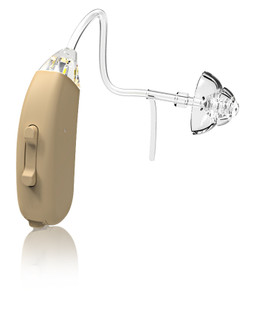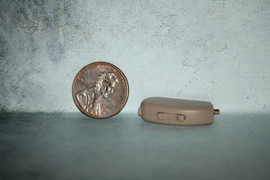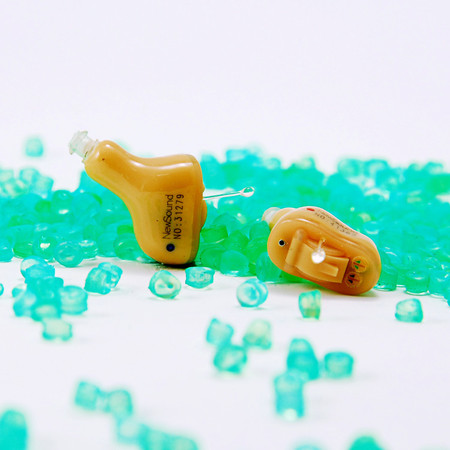Behind-the-Ear vs. In-the-Canal Hearing Aids: Which is Right for You?
Posted by DR Paul on Aug 04, 2023
Hearing loss is a common problem that affects millions of people around the world. Hearing aids are essential devices that help those with hearing difficulties to communicate and interact with the world around them. If you are in the market for a hearing aid, you’ll find a range of options, including behind-the-ear (BTE) and in-the-canal (ITC) hearing aids. In this post, we’ll explore the differences between these two types of hearing aids to help you make an informed decision.
Hearing Aid Size and Design
The first difference between BTE and ITC hearing aids is their size and design. A behind-the-ear hearing aid is larger and sits behind the ear. The device is connected to a custom-made ear mold that sits inside the ear canal. On the other hand, in-the-canal hearing aids are smaller and sit inside the ear canal. They are almost invisible and can be a good choice for those who want a discreet solution.
Hearing Aid Fitting
When it comes to fitting, both BTE and ITC hearing aids are custom-made to fit individual users. However, the process of fitting is different. A BTE hearing aid requires a custom-made ear mold, which can take a few days to manufacture. With an ITC hearing aid, an impression is taken of the ear canal, and the device is made based on this impression. The entire fitting process for an in-the-canal hearing aid can take just a few hours.
Hearing Aid Sound Quality
BTE and ITC hearing aids differ in how they deliver sound. BTE hearing aids use a microphone to pick up sound, which is then amplified and delivered to the ear canal via a speaker. On the other hand, ITC hearing aids use a microphone that is placed inside the device to pick up sound. The sound is then delivered to the ear canal using a tube. While both types of hearing aids offer good sound quality, BTE hearing aids tend to offer more amplification, making them a better option for those with more severe hearing loss.
Hearing Aid Battery Life and Maintenance
Another key difference between BTE and ITC hearing aids is their battery life and maintenance. Because BTE hearing aids are larger, they typically use larger batteries that last longer than those used in ITC hearing aids. This means that users with BTE hearing aids may need to replace their batteries less often. On the other hand, ITC hearing aids are smaller and require more frequent battery changes. Cleaning and maintenance are also different for each type of hearing aid. BTE hearing aids require more regular cleaning because they sit outside the ear canal and are more exposed to sweat, dirt, and wax. ITC hearing aids are more protected and require less maintenance.
Hearing Aid Cost
Finally, the cost of BTE and ITC hearing aids is an essential consideration. Generally, BTE hearing aids tend to be more expensive than ITC hearing aids. This is because they are larger and require more complex technology. ITC hearing aids are smaller and require less technology, making them a more affordable option for those on a budget.
Conclusion:
In conclusion, choosing the right hearing aid depends on your individual needs and preferences. Both BTE and ITC hearing aids have their advantages and disadvantages, and it is essential to consider factors like size, fitting, sound quality, battery life, maintenance, and cost. The best option is to consult with a hearing healthcare professional, who can help you understand your options better and make an informed decision. With the right hearing aid, you can enjoy clear and comfortable hearing and improve your overall quality of life.










